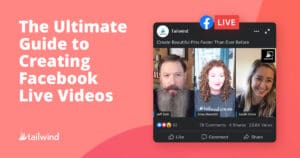
The Ultimate Guide To Creating Facebook Live Videos
Facebook Live has gained a lot of popularity and dedicated audience in recent years. 25% of users watch live videos to stay informed or up-to-date,
Home » Archives for May 2021

Facebook Live has gained a lot of popularity and dedicated audience in recent years. 25% of users watch live videos to stay informed or up-to-date,
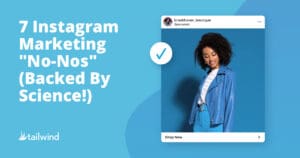
Boost your Instagram marketing with these seven science-backed tips to avoid common mistakes and achieve success. Improve your follower growth, engagement, and sales by implementing these proven strategies.
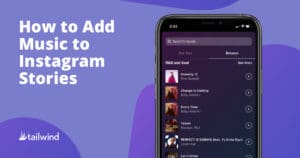
Unlock the power of music and enhance your Instagram Story experience! Learn how to add music using the music sticker, Spotify or SoundCloud apps, and troubleshoot common issues with this comprehensive guide. Make a lasting connection with your audience through the universal language of music.
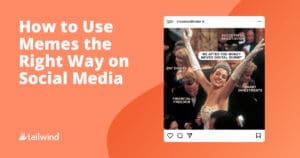
As a social media manager, it’s tempting to jump on the bandwagon when you see a trend taking off. After all, getting a good joke
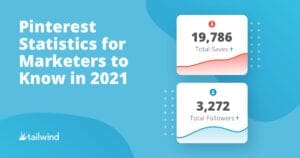
There’s nothing we love more than an interesting statistic – especially when it’s data that helps us adjust our marketing strategy or think about audiences
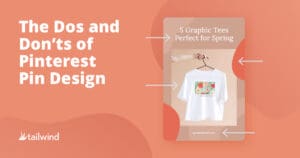
Learn the art and science of designing eye-catching Pinterest Pins with these do’s and don’ts. Discover tips for color and font pairings, using high-quality images, incorporating branding, and creating effective calls to action. Get inspired with Tailwind Create!

Pinterest’s user base has grown to over 475 million monthly active users. Gen Z and Millennial Pinners are joining in record numbers, effectively changing the
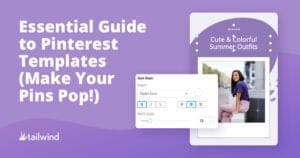
Pinterest templates are an incredible resource for marketers looking to promote their products, ideas and content on Pinterest without spending a ton of time branding
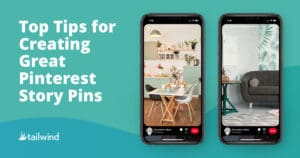
Pinterest Story Pins have finally arrived and we’re definitely here for it. Story Pins are a whole new way to engage your audience other than
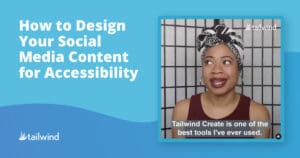
Learn why inclusivity matters on social media and how to create a more welcoming community through accessible content. Get tips from expert Alexa Heinrich and improve your SEO today!